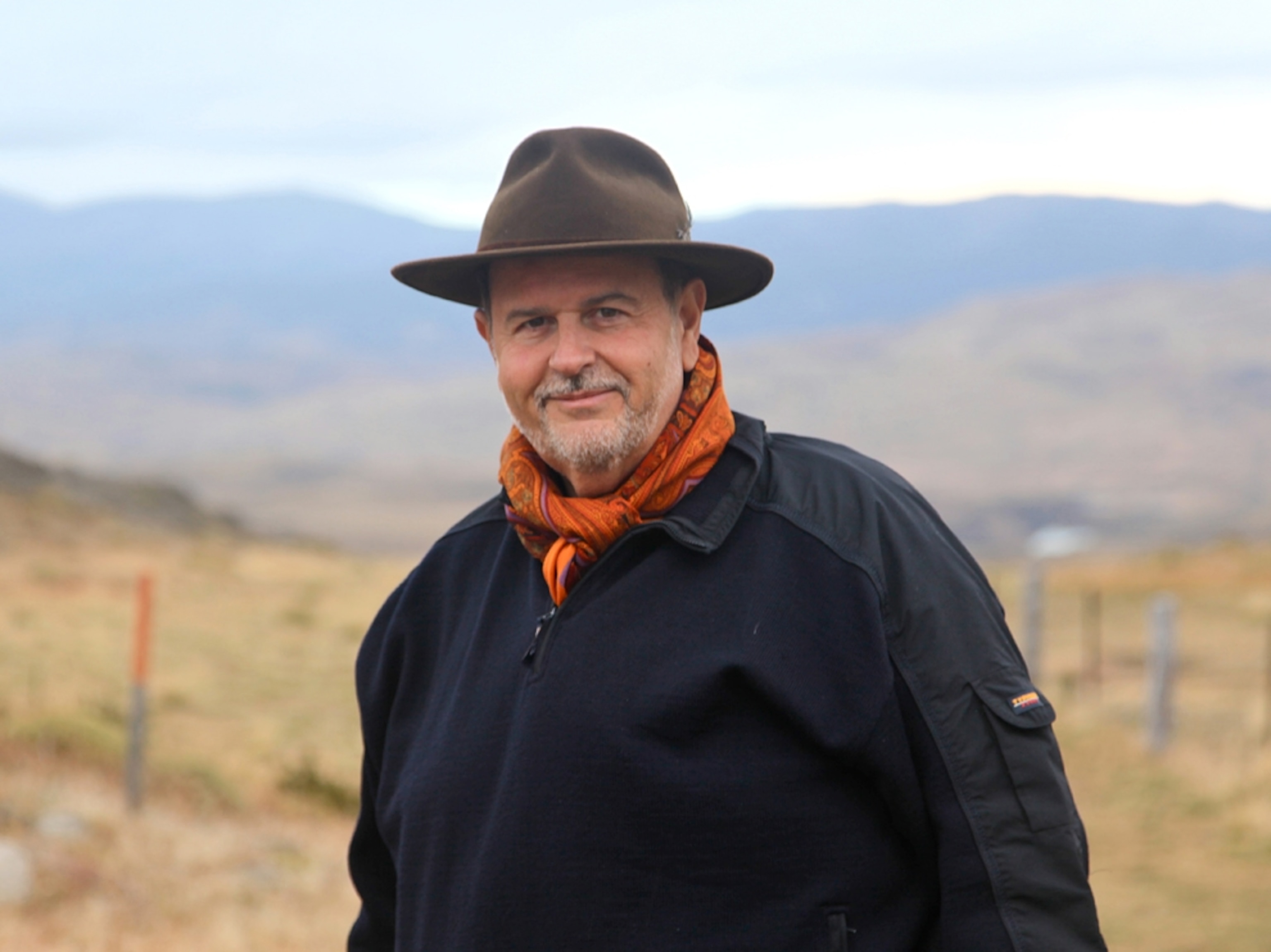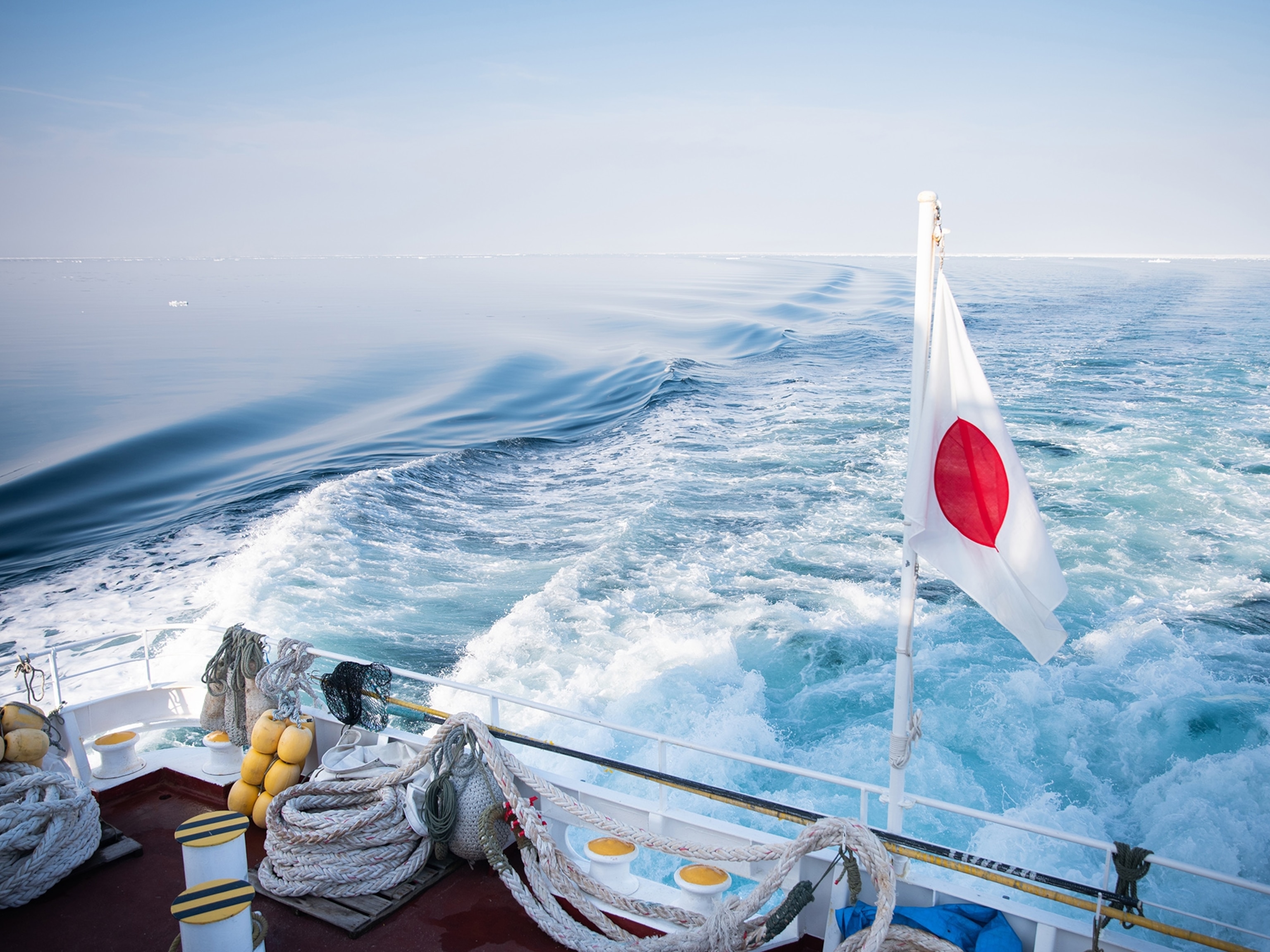
Travels of the Fat Man
One on One
From the September 2011 issue of National Geographic Traveler
Raúl de Molina has been the cohost of the Univision network’s top-rated entertainment news show, El Gordo y La Flaca (The Fat Man and the Skinny Lady), since its debut in 1998. He and his svelter counterpart, Lili Estefan, tape the Spanish-language program, consisting of celebrity interviews and showbiz reports, in Miami. Molina, an Emmy Award winner, is also an ardent traveler: He has visited an estimated 80 countries, sometimes on assignment but more often for pleasure, over the past 30 years. Wherever he goes, he brings along his camera and an appetite for fine food. When interviewed for Traveler, Molina was taping his show on location in Mexico City.
I heard that when you travel, you follow your palate. Yes, I do. When planning a trip, I find out—well ahead of time—what restaurants to visit in that city. It’s as important as going to a museum or to a Broadway play. Yes, a good meal can cost as much as the play, but it also can last as long. Here in Mexico City, we’ve been to Astrid y Gastón, a great Peruvian restaurant that has opened branches all over the world. Two weeks ago, my wife and I ate at Alinea in Chicago, and it was fantastic, reminiscent of El Buey in Rosas, Spain. In Miami I love Michael’s Genuine Food and Drink, in the Design District, for its very down-to-earth food, and Michy’s, with Michelle Bernstein, one of the top chefs in the city.
As a photo buff, you also follow your eye. What got you into photography? I studied art and photography at the Art Institute of Fort Lauderdale. Then I worked as a photographer for the Associated Press in the 1980s. I did a lot of freelancing for Time, Newsweek, and U.S. News & World Report. I covered conflicts in Central and South America, Haiti, and Panama. Later, when the Miami Vice series, starring Don Johnson and Philip Michael Thomas, started, I did paparazzi assignments for British newspapers. They sent me all over the Caribbean to photograph famous people like Princess Caroline, Prince Charles, and George Michael. I also shot a couple of big celebrity weddings for the National Enquirer. I photographed Jane Fonda and Ted Turner’s wedding in Capps, Florida, from a helicopter. A shot I got of Oprah Winfrey in Nevis made the cover of the Enquirer. For the past 20 years, though, I’ve been in TV, doing something completely different.
What do you like to photograph now? Animals in Africa. We’ve been on safaris in Kenya, Tanzania, Namibia, South Africa, Botswana, and Zimbabwe. My photographs have been exhibited a couple of times in Miami galleries. I always take a lot of pictures when I’m traveling.
How do you plan your trips? Whenever possible, I research and plan ten months or a year in advance. I buy guidebooks on the city where I’m going. Sometimes I hire a private guide, but I definitely tell the guide what I want to do, where I want to stay, and where I want to eat. Once we are in a destination, of course, we’ll also just walk around and see what we’ll find.
What do you want to get out of your trips? I like to travel with my wife and daughter, who is ten. It’s important that she learns about the world, its different cultures and people. Probably she learns more during a two-week vacation than during three months of school. My daughter went to Africa with me when she was five. The first place I wanted to show her was the once segregated township of Soweto in Johannesburg; we spent an entire day there. So I don’t just take her to the best restaurants and the best hotels. We go everywhere.
Some travelers worry about getting sick abroad. Does that concern you? The health care in many countries is now very good. In some cases you can walk into an emergency room and be treated in five or ten minutes, instead of having to wait for hours as you often do in the United States. One time when I was doing my show here in Mexico City, the corneas of my eyes got burned badly because a filter failed on one of the outdoor lights we were using. I thought I was going to die. I went to a local hospital at midnight and was treated immediately. Three different doctors saw me. They gave me the medicine I needed and told me what I should do. It cost me about $125. And this was a hospital as good as any in the U.S. I do like the doctors I have in Miami. All that I’m saying here is that these days you can find good hospitals and good doctors almost anywhere you go in the world.
What places do you remember indelibly? I love Bangkok, Thailand. We’ve been a number of times, to enjoy the culture, the palace, the rivers you ply in boats. Also, it’s a place where the dollar still goes very far. Another favorite is Madrid, Spain. One thing I love there is something you may not want to hear: bullfighting. I grew up in Madrid and only moved to the U.S. when I was 16. After I graduated from college, I returned to Madrid every year and lived there for the month of May. That’s when the Super Bowl of bullfights, if you want to call it that, was held in the Plaza de Toros de Las Ventas. The event would bring in the world’s best bullfighters. I would take photographs of all the bullfights and then try to sell them around the world. We still attend the bullfights every time we go to Madrid—including my daughter.
What do you never leave home without? A computer, in which I load all of my photos; my medicines; three or four pairs of sunglasses; and, even when there isn’t going to be a swimming pool or a beach, I always take a swimsuit, just in case.
- National Geographic Expeditions







